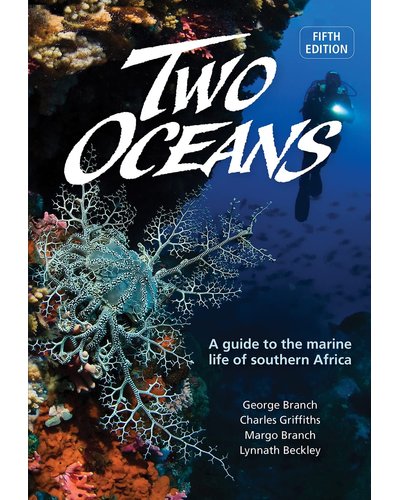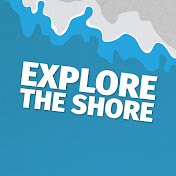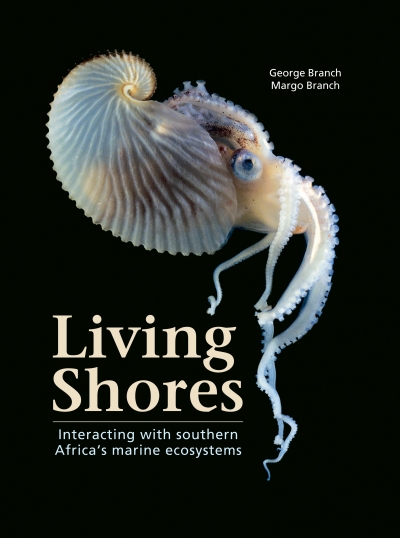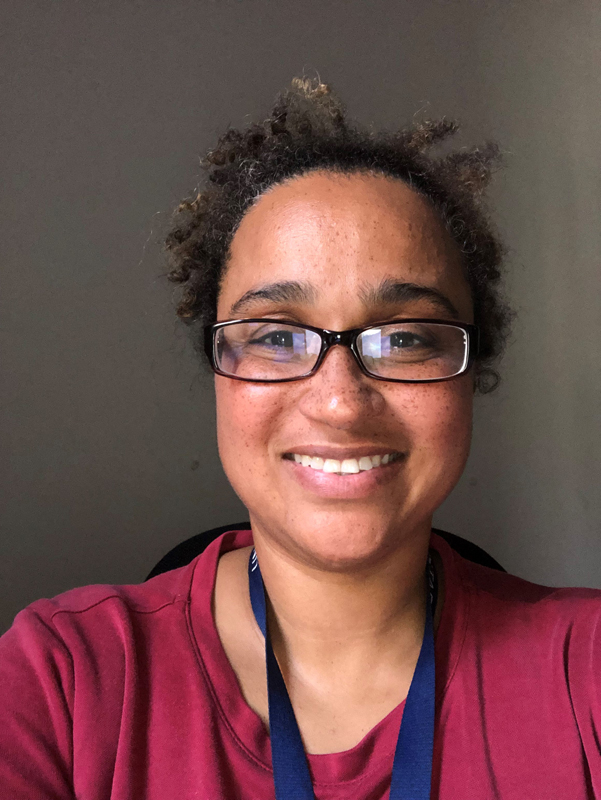UCT taking a closer look at our Rocky shores

As part of the first-year undergraduate Marine Diversity (BIO1004S) course, the UCT Biological Science Department runs practical field surveys at the Dalebrook rocky shore once a year on an annual basis. Approximately 240 students are taken to the rocky shore of Dalebrook beach near Kalk Bay, False Bay, close to spring low tide when there is a window of about three hours in which to complete the field survey. The students get split into four groups, about 60 students are taken each day for four days, and these trips are done over the weekend.
The purpose of these field trips is for students to learn how to describe, quantify and explain patterns of marine life in biomass and diversity in the intertidal region of the rocky shore. The students are divided into groups of five and are led by demonstrators (mostly postgraduate students from the UCT Biological Sciences department). Each group is given a Two Oceans Identification field guidebook, datasheet, and quadrats which are squares with sides measuring 0.5m, representing an area of 1/4 square meter (0.5m x 0.5m =0.25m2) to collect data. By using these tools, the students then sample five different zones along a transect line perpendicular to the shoreline, these zones are namely, the:
- Littorina,
- Upper Balanoid,
- Lower Balanoid,
- Cochlear, and
- Infratidal zones.
In these five zones, a quadrat is placed down on the substrate, and all species found within the quadrat are identified, counted for (animals) and percentage cover is recorded for seaweed. The three most important parts of this exercise include carrying out the survey in the field, processing the data, and report writing.
The diagram below indicates the five different intertidal zones along the West and South Coast of South Africa:

To find out more information about the intertidal zone, you could check out or purchase the following books:
- “Living Shores: Interacting with southern Africa's marine ecosystem” by Emeritus Professor George M. Branch
- “Two Oceans - A Guide to The Marine Life of Southern Africa” (5th Edition) by Emeritus Professor George Branch and Emeritus Professor Charles Griffiths.

Dr Natasha Karenyi, a marine benthic ecologist and lecturer in the Department of Biological Sciences, along with some other staff members, has been running the course over the last recent years and this is what she shared about the Dalebrook field trips. Within their undergraduate degree programme, this is the first biological science project that students must complete. Running this course can be challenging at times, as some of the students have never been to the ocean yet, while others might not have experienced working with water, or some are afraid, and others cannot really swim.
The students are taken to the rocky shores to look at biodiversity patterns, identify organisms, and make observations in the field about how things function and how they interact (i.e what feeds on what). They must also do a project in groups and interact with each other. These students come from different fields within science so they are not only focusing on marine sciences, but biological sciences, molecular, cell and human biology too. It is a huge learning curve for all students. This task encourages learners to work on their fieldwork and report-writing skills, where they learn about the different sections in the scientific report, e.g abstract, introduction, methods, results, and discussion. They also learn on how to draw information from the readings, observations, and statistics to try and answer their aims and or hypothesis. Natasha is hoping that these trips will set the base and foundation for future scientific research and observations.

Emeritus Professor Charles Griffiths, a marine biologist and retired professor, yet an active staff member in the Department of Biological Sciences has participated in the Dalebrook field trips for several decades. Some versions of these fieldtrips were in operation long before his time of being an academic staff member. Charles mentions as he reflects on the past decades, “I remember as a graduate student participating in Dalebrook practicals led by Prof John Day (after whom the BIO building was named), who directed groups on the shore. Despite his one leg, he would remain dedicated to the fieldtrips and was accompanied by his two small children, who would run around naming all the animals by their proper Latin names saying, ‘Look, Daddy, there is a Patella cochlear'!”. He also mentioned that the trips have always been driven by the belief that it is essential that students can physically observe live animals in their natural setting and full living beauty, and not just as dull, preserved specimens in the laboratory, as well as our belief that anyone calling themselves a biologist should know how to identify invertebrates, or at least to group them by Family level.
The Dalebrook site has become so popular with school groups over the years because so many local biology teachers go there for their first introduction to the rocky shore as part of the UCT undergraduate course. As a result of this site being used intensively as an educational site, it is now a tiny "no-take reserve" within the Table Mountain National Park. The reserve was thus proclaimed to keep it in good condition for future generations of students to come explore and learn from.
Map of Dalebrook Tidal pool below.
Other educational resources:


Yours seancerely,
MARIS Comms Team
If you have any specific questions about Dalebrook, please contact us at comms.maris@uct.ac.za or you could directly contact Emir. Prof. Charles Griffiths or Dr Natasha Karenyi via email.

